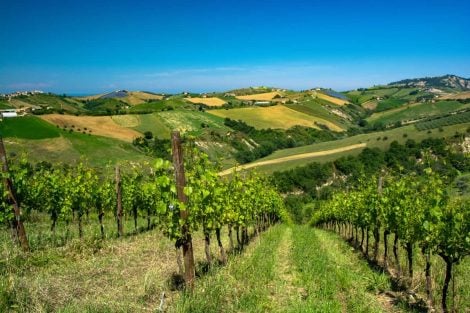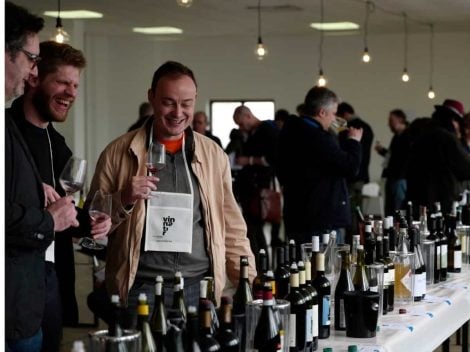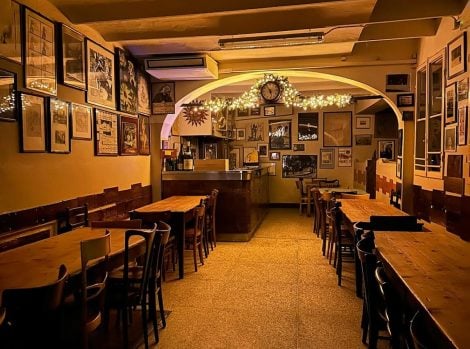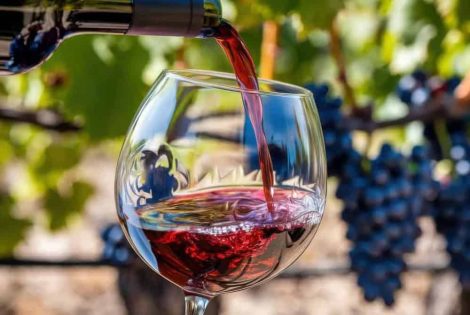When highlighting the best wines of Piedmont, we have often focused on the region's white wines, emphasizing top labels from denominations such as Gavi or Cortese di Gavi, Erbaluce di Caluso, or Roero Arneis. This time, the spotlight is on the Timorasso grape, cultivated in the Colli Tortonesi area (particularly in the provinces of Asti and Alessandria), bordering Lombardy, Emilia-Romagna, and Liguria. In the late 1980s, the grape was on the verge of extinction, but its rediscovery and enhancement are thanks to Walter Massa in the early 1990s. Since then, the district has resumed working with this powerful yet elegant grape, producing wines capable of evolving beautifully over time.
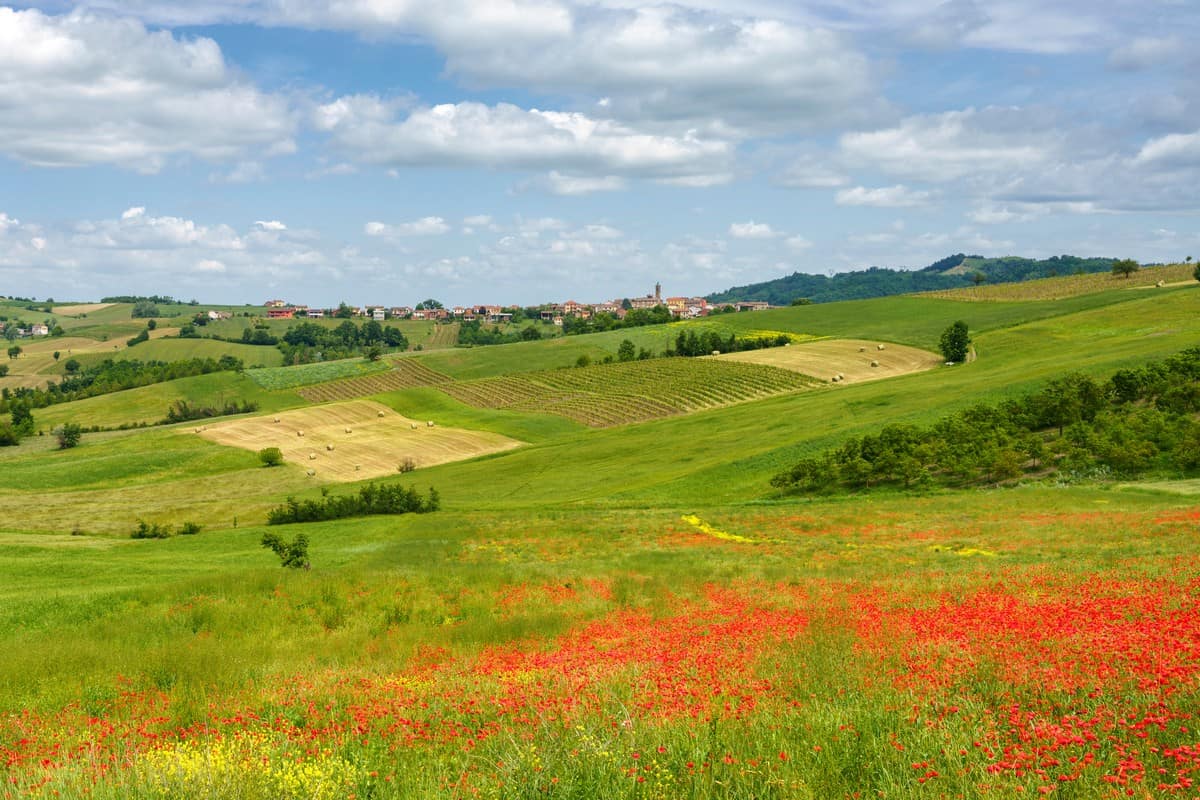
Timorasso produces a wine with great structure, capable of developing unique aromas. With bright, golden colors and floral and fruity aromas with citrus notes, it is often thick and savory on the palate in its most convincing expressions. It reflects a territory that around fifty producers interpret differently in the vineyard and the cellar. The greatest hope lies in identifying a more direct and distinct identity on the palate, while maintaining the nuances that the origin of the grapes can tell. This could represent a solid foundation for launching the future of a great denomination that is still somewhat unaware of its richness and unique expressiveness.
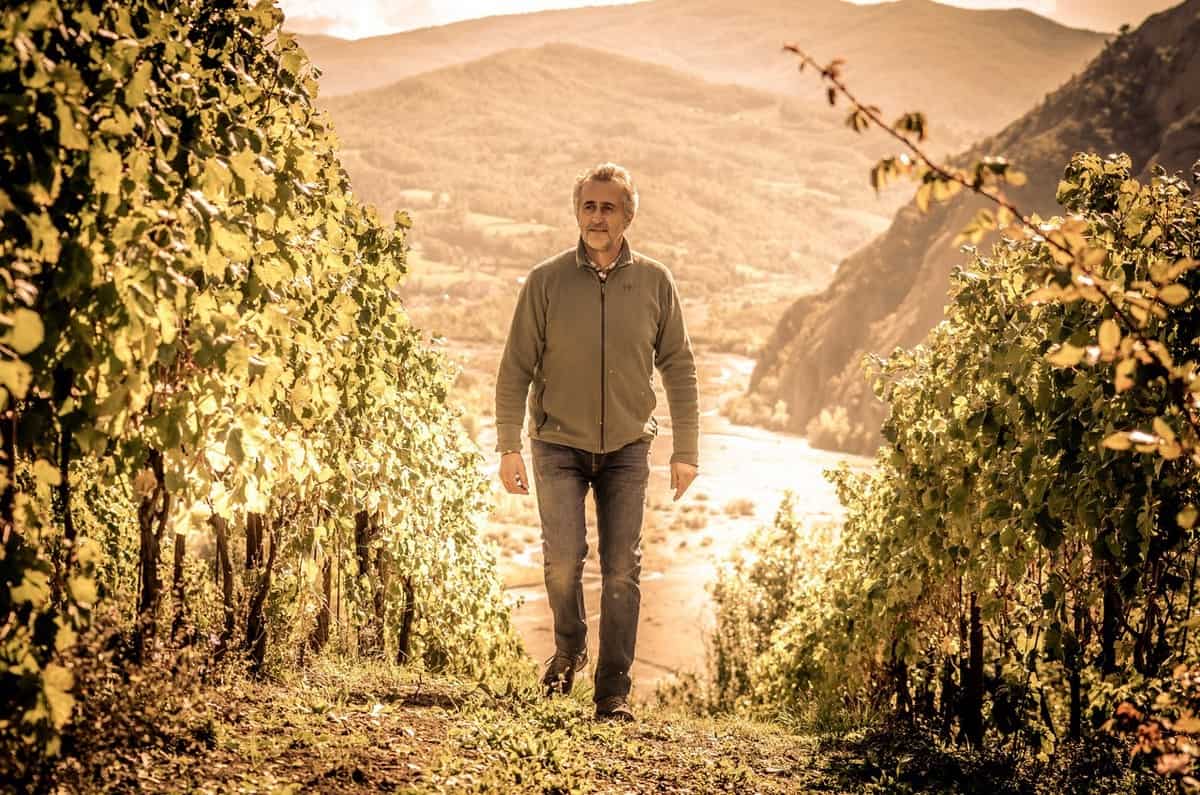
Ezio Poggio
Bottle aging favors the evolution of Timorasso towards more elegant and complex tertiary aromas, predominantly with mineral and hydrocarbon tones. Its high acidity gives the wine freshness and great longevity. Time plays in favor of Timorasso, which can provide great emotions. We suggest "forgetting" a few bottles in the cellar for even a decade.
The best Timorasso wines awarded with Tre Bicchieri and Due Bicchieri Rossi
Here are the best Timorasso wines that have received the Tre Bicchieri and Due Bicchieri Rossi in the Gambero Rosso Italian Wine Guide 2024.
Giacomo Boveri produces his wines from different areas, not just around Costa Vescovato. This allows him to offer wines that, although made with the same process, express different nuances that make them pleasantly diverse to taste. The most significant example is the Timorasso. Giacomo produces three labels, but his two most important selections come from soils with different pedoclimatic characteristics. This allows us to appreciate the minerality and power of Muntà l'è Ruma, as well as the warm enveloping nature of Lacrime del Bricco. Both are impressive, but the latter earns the Tre Bicchieri. The Piazzera is also very good.
- Colli Tortonesi Timorasso Derthona Lacrime del Bricco 2020 - Giacomo Boveri
- Colli Tortonesi Timorasso Munta l'è Ruma 2020 - Giacomo Boveri
In Costa Vescovato, the concentration of wineries is very high, and many have reached high-quality levels, gaining national recognition. Luigi Boveri, supported by his children, continues the tradition that has seen him featured in the guide since the late 1990s. The soil in this area is particularly rich in gypsum and limestone, giving the Timorasso a distinctive mineral characteristic. The Filari di Timorasso, which reached the finals again this year, follows this line. The Derthona is also excellent, with fine and elegant aromas of white peach and the typical robust structure of the variety.
Last year, in May, Claudio was involved in a serious motorcycle accident. After months in the hospital, he has made a remarkable recovery, returning to his beloved vineyards. His wines have not suffered, thanks to the dedicated staff who continued the work in the vineyard and cellar. Despite a hailstorm that damaged the vineyard, preventing the presentation of the Cavallina label, all other Timorasso versions are of high quality. Starting with the Pitasso, with its deep straw color, yellow fruit notes, and long finish, to the savory and succulent Derthona and one of the best versions ever of Bricco San Michele.
- Colli Tortonesi Timorasso Derthona Pitasso 2021 - Claudio Mariotto
- Colli Tortonesi Timorasso Derthona 2021 - Claudio Mariotto
- Colli Tortonesi Timorasso Derthona 2021 - Bricco San Michele - Claudio Mariotto
Ezio and Mary Poggio's winery, founded in 2003, released its first wines in 2008. These years were spent planting vineyards and obtaining the denomination for Timorasso in Val Borbera, a remote valley southwest of the Tortonese area. The first harvest with the awaited denomination - the subzone Terre di Libarna - was in 2011. Besides Timorasso, also produced as a sparkling wine (Charmat and traditional method), the winery cultivates Barbera and Bonarda. Of the three Timorasso variations, we preferred the classic still versions, though the traditional method sparkling wine is also good. The Caespes '21 is complex and joyful, with peach and mint aromas and a fresh yet structured palate. The Archetipo is even more complex, with flint and chlorophyll notes, a savory palate, great structure, and long persistence.
- Colli Tortonesi Terre di Libarna Timorasso Caespes 2021 - Ezio Poggio
- Colli Tortonesi Terre di Libarna Timorasso Archetipo 2020 - Ezio Poggio
The Timorasso Scaldapulce from Giacomo Borgogno & Figli, with its brilliant gold color and intense olfactory notes, alternates exotic fruit and citrus notes, giving it persistence and depth. On the palate, it is fresh, vibrant, and dynamic. The Timorasso Derthona 2021 is also of high quality. Founded in 1761, this historic winery has been owned by the Farinetti family since 2008, who continue to invest in new production areas like the Tortonese (the first Derthona cru, Scaldapulce, was released in 2019). Of the over 50 hectares of vineyards, about 40 are planted, and the rest are forested. The red wines are predominantly Nebbiolo (60%), with the remainder divided among Dolcetto, Barbera, and Freisa. The result is highly territorial wines that embrace various cru interpretations such as Liste, Cannubi, and Fossati.
- Colli Tortonesi Timorasso Derthona Scaldapulce 2020 - Borgogno & Figli
- Colli Tortonesi Timorasso Derthona 2021 - Borgogno & Figli
The Timorasso Derthona '20 from Broglia Tenuta La Meirana exudes charm and elegance: bright straw yellow, rich and exciting aromatic profile, with chamomile flowers, mimosa, medicinal herbs, grapefruit and lime peel, gunpowder, and hydrocarbons, round, juicy, and mineral on the palate, with a pleasantly fresh finish. The estate today boasts 65 hectares of vineyards and a modern winery. The third generation of the family, brothers Roberto and Filippo and cousin Bruno, now manage it. From Cortese vineyards planted in 1953 and 1955 come the Vecchie Annate and Bruno Broglia selections, in memory of the founder.
The Tortona cooperative winery has made significant strides in recent years, shifting from a focus on competitive pricing to a more quality-oriented approach. The popularity of Timorasso has played a fundamental role, and the staff has seized and exploited this opportunity. The Aemilia Scauri '19, made from Timorasso grapes, left no doubt it was a finalist: deep straw color, clear yellow fruit aromas that develop into more complex and mineral notes with some oxygenation, and a long, savory finish. The Derthona '21 is also very good.
- Colli Tortonesi Timorasso Derthona Aemilia Scauri 2019 - Cantina di Tortona
- Colli Tortonesi Timorasso Derthona 2021 - Cantina di Tortona
La Colombera's two Timorasso-based white wines achieved excellent results. The Montino '21 combines a fresh acidic vein with the significant structure, a hallmark of the grape. The Derthona '21 needs a few minutes of oxygenation to express itself fully, but then it delivers an excellent taste phase. At Casa Semino, the future is always in focus, as it should be in a family where all members are dedicated to running the business. About a year ago, they opened a new tasting room above the old cellar, with large, bright windows offering a beautiful panorama while tasting their wines.
- Colli Tortonesi Timorasso Il Montino 2021 - La Colombera
- Colli Tortonesi Timorasso Derthona 2021 - La Colombera
It's always positive to see young wineries emerging in the wine world, like Mandirola, located in Val Curone in the Colli Tortonesi area. Although not a new company, as wine has been produced here since the early 20th century, the true turning point came with Enrico's leadership, adopting a more modern qualitative and commercial approach. Naturally, Timorasso is produced here, with two versions offered. Our favorite was the Derthona '21, with its deep straw color and herbal and yellow peach aromas.
The Timorasso Origo and Quadro from Vigneti Repetto reached the finals last year. The first is a wine to cellar for years, though already it presents flint and gunpowder notes, transitioning to sweeter, fruitier notes, always supported by a tense and appealing mineral vein. The second is finer and more elegant. Gianpaolo Repetto continues to make strides in the wine world. His farming background has helped him proceed pragmatically and clearly in this new venture. The project has taken the best direction with the operation of the new functional and splendid winery dominating one of the most beautiful slopes of the Colli Tortonesi. Recently, five rooms have been added for tourists (and others) attracted to this corner of Piedmont.
Colli Tortonesi Timorasso Derthona Origo 2020 - Vigneti Repetto
Colli Tortonesi Timorasso Derthona Quadro 2021 - Vigneti Repetto
The Timorasso Fausto'21 from Vigne Marina Coppi, though still very young, stands out for its magnificent citrus aromas and a gustatory balance centered around vibrant acidity. Francesco Bellocchio has come a long way since deciding to return to his roots at the beginning of the new millennium. The legend of the great Fausto Coppi, Francesco's grandfather, has always hovered over the estate, almost conferring a mystical aura, but Francesco now confidently and decisively walks on his own. Today, Vigne Marina Coppi is one of the flagship wineries in the area, successfully producing Timorasso and Barbera. Besides these two main varieties, accounting for five labels, Francesco also experiments with Favorita and Nebbiolo.
The Timorasso Grue from Pomodolce is one of the best Timorasso wines we've tasted for the Gambero Rosso Italian Wine Guide 2024. Dry flower and yellow peach aromas perfectly intersect with the typical Timorasso mineral vein. The Pomodolce winery, owned by the Davico family, has been producing wine for generations, but it was only in 2005 that Silvio created the Pomodolce brand, allowing him to produce and market bottles with a precise identity directed towards organic cultivation. From the beginning, the results were excellent, culminating in winning the Tre Bicchieri with the Grue 2007 in the 2010 Guide.
The Timorasso Martin '22, with its citrus, mustard, and saffron aromas, seems to speak French. Franco Maria Martinetti was first a witness to the history of Italian wine in the second half of the 20th century, then helped write it. In the late 1980s, he invented the high-level négociant figure, producing only tailor-made wines. Over the years, he selected the best viticulturists in the most interesting areas of Piedmont and part of Lombardy, producing memorable wines.

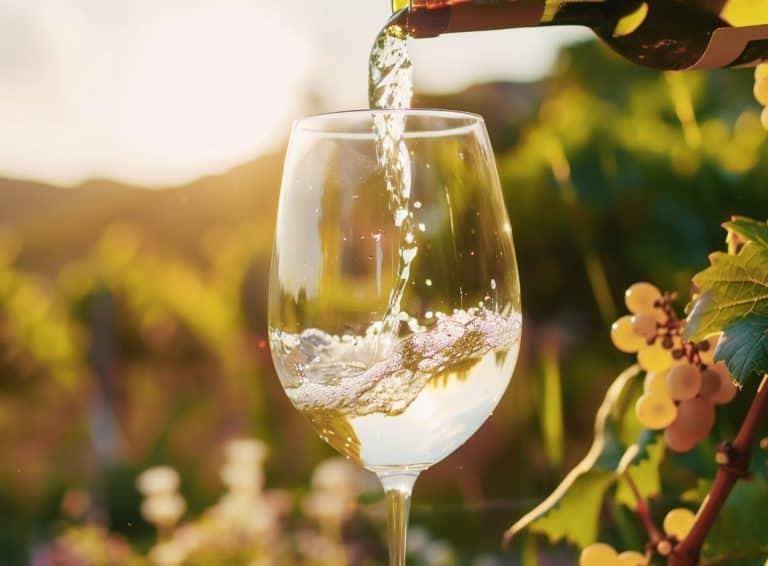
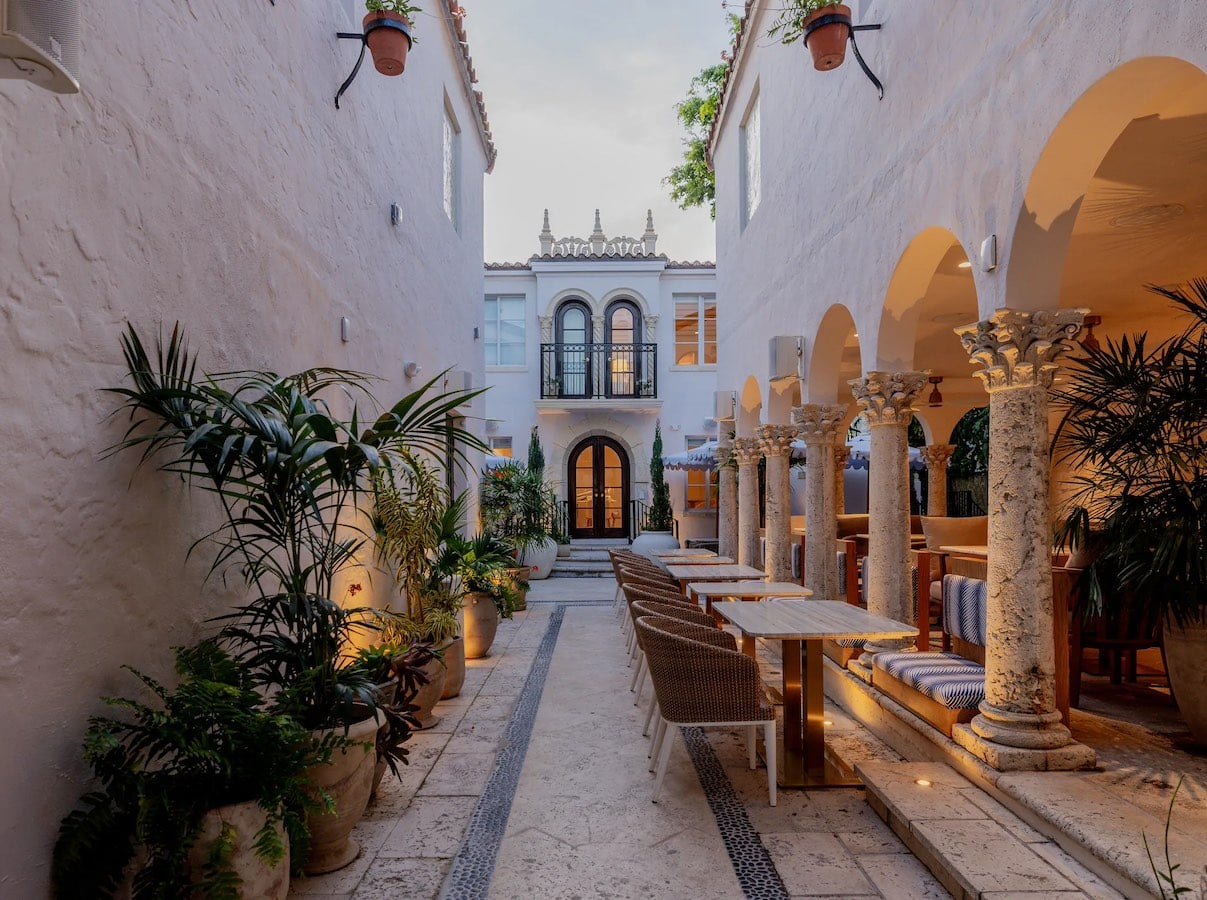 Versace opens a super hotel with an Italian restaurant. Here's what Donatella Hotel & Restaurant in Miami will be like
Versace opens a super hotel with an Italian restaurant. Here's what Donatella Hotel & Restaurant in Miami will be like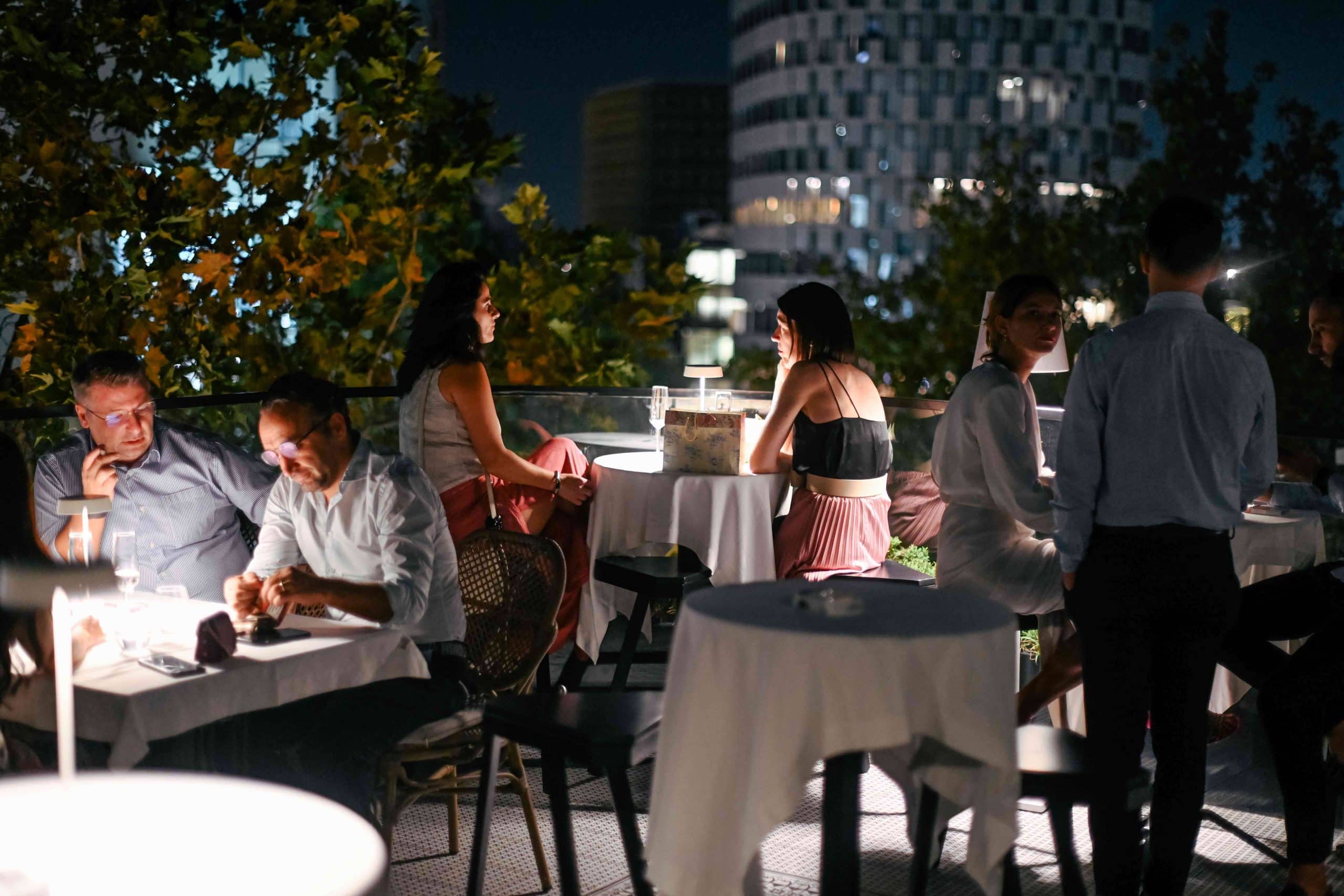 At The Crown Tirana, service and quality at the highest levels
At The Crown Tirana, service and quality at the highest levels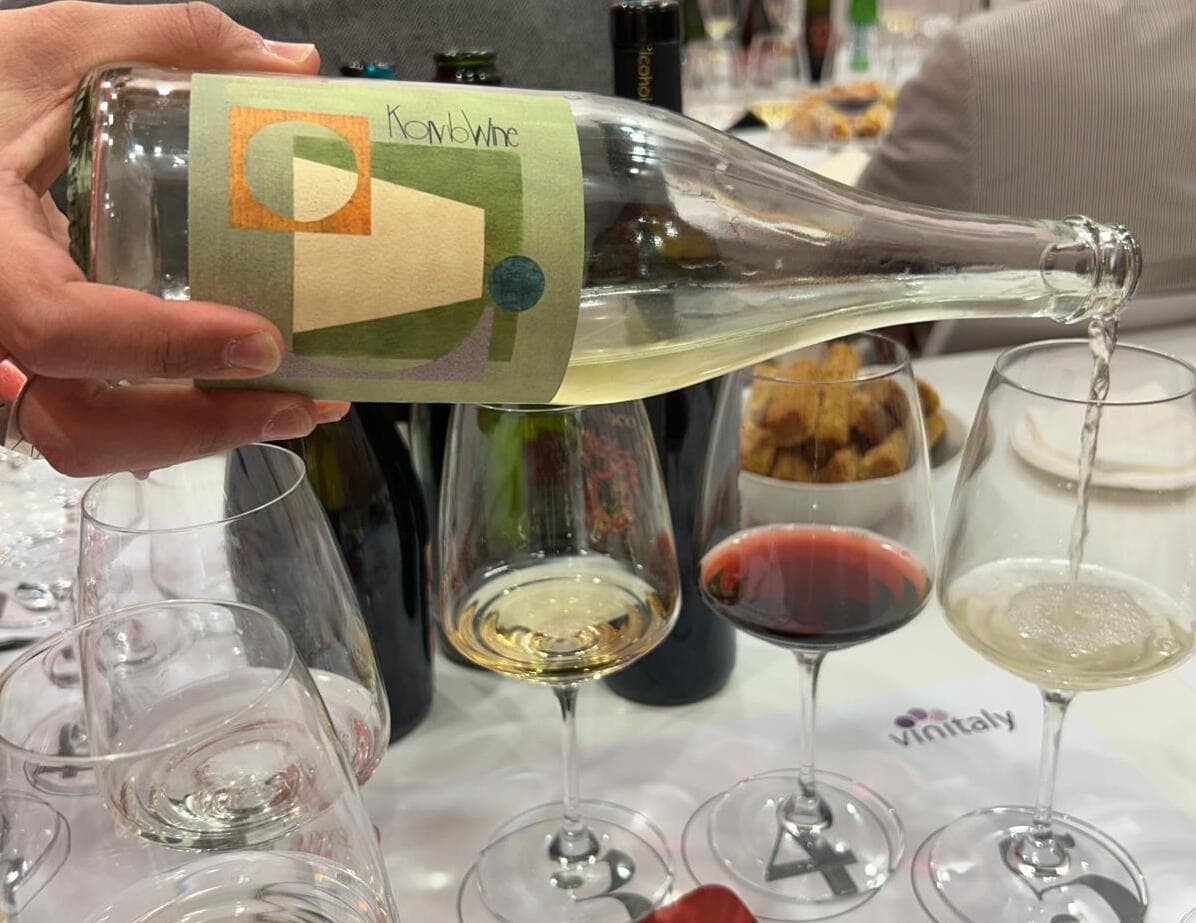 We tasted Komb(w)ine, the new product that combines grape must and kombucha. Here’s our verdict
We tasted Komb(w)ine, the new product that combines grape must and kombucha. Here’s our verdict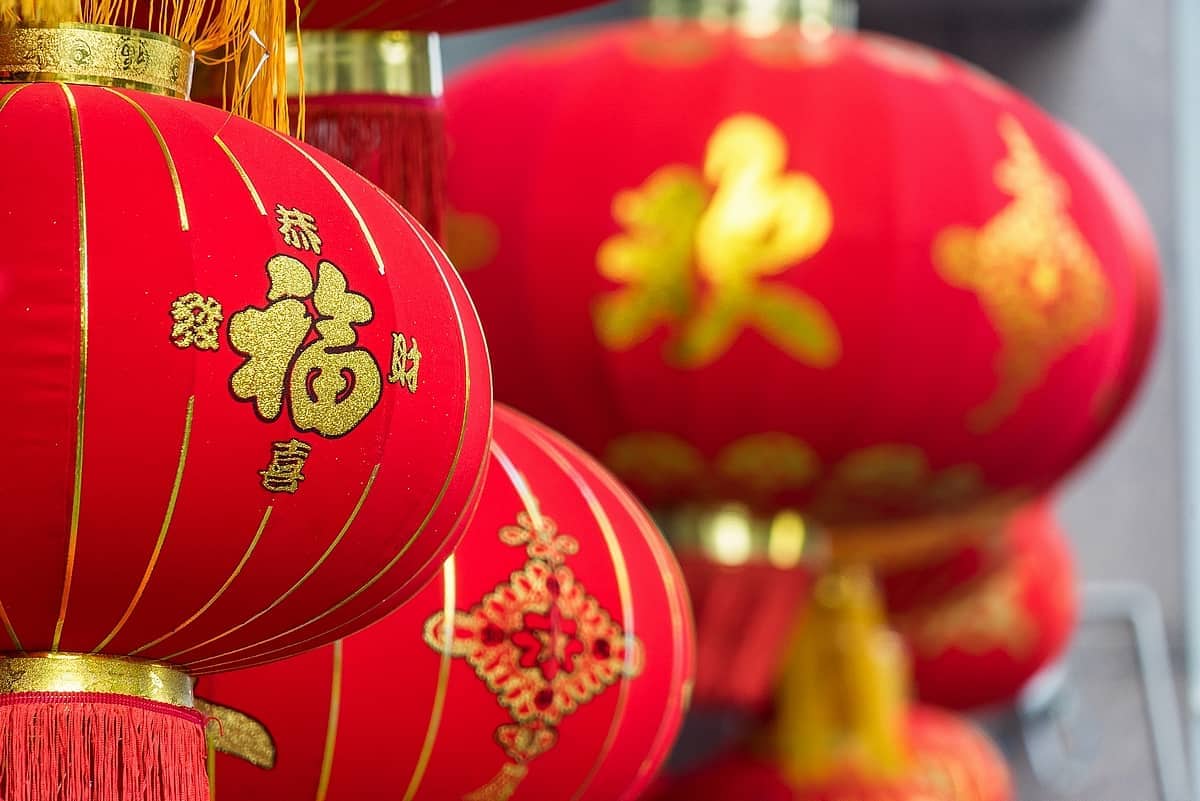 What changes for the export of Italian wines to China under the new regulations?
What changes for the export of Italian wines to China under the new regulations?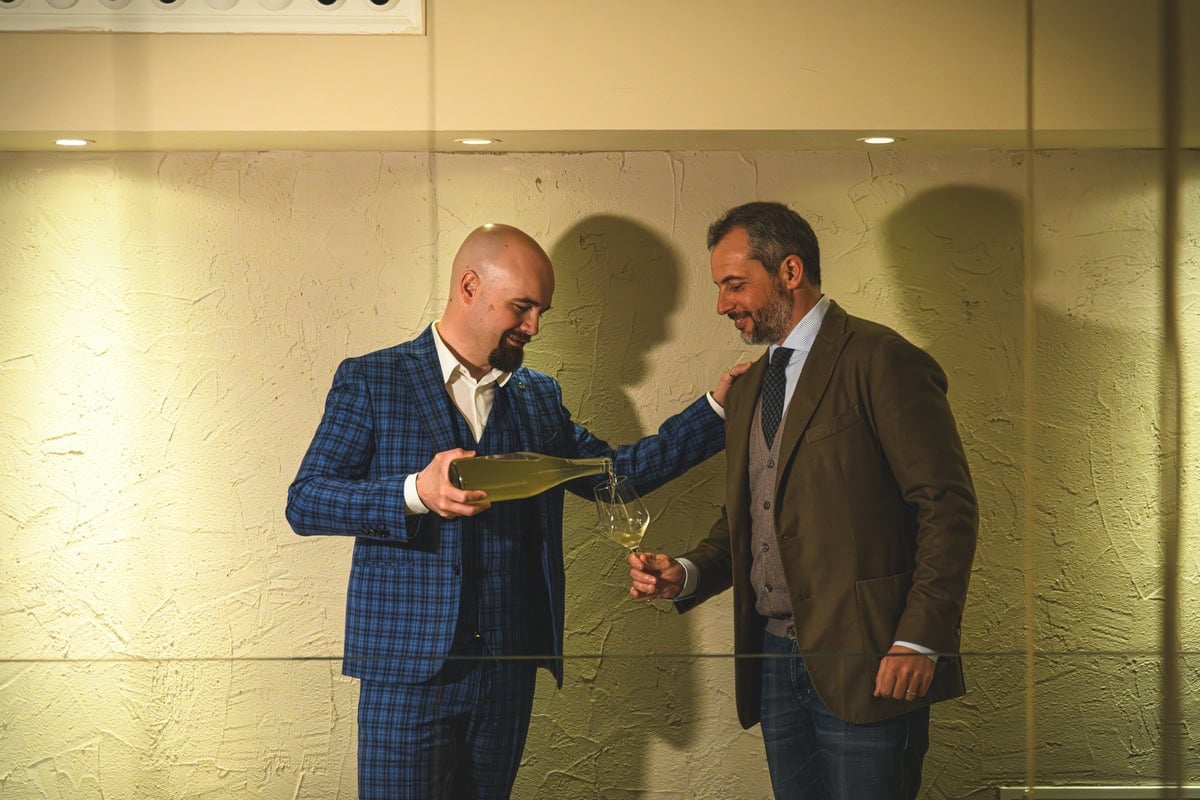 “Forget dealcoholised wines. The future is Komb(w)ine.” Moser and Ravizza present a new grape must-based product
“Forget dealcoholised wines. The future is Komb(w)ine.” Moser and Ravizza present a new grape must-based product